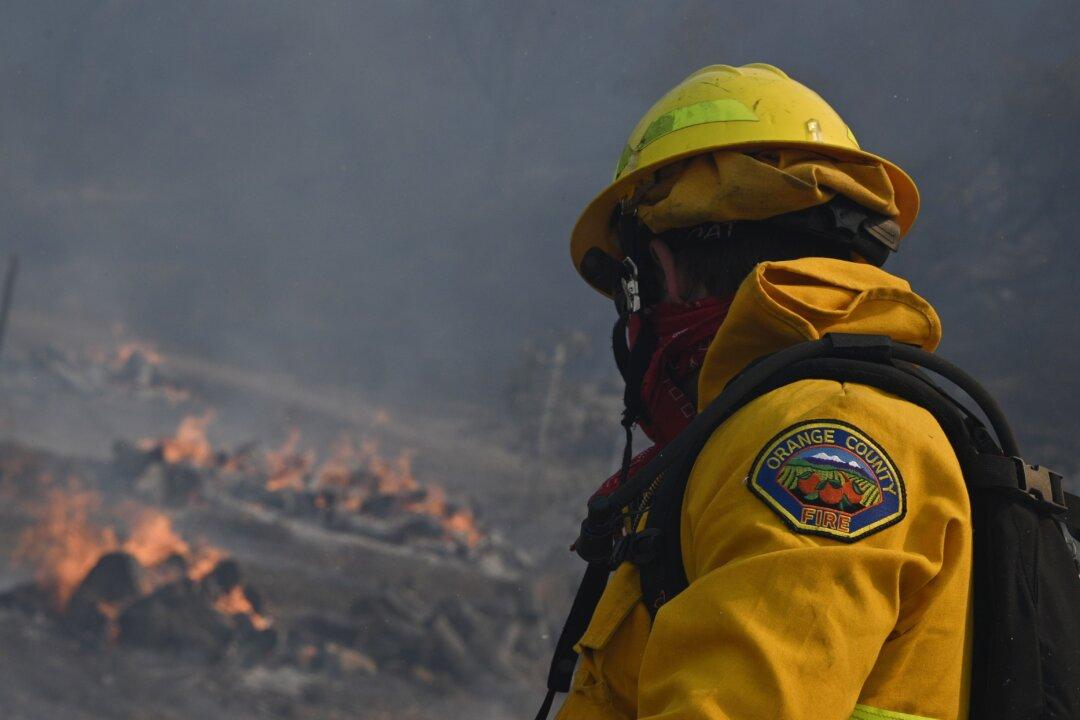In the Southwestern United States, wildfire season kicked off earlier than usual this year as dangerous drought conditions persist across a staggering 48 percent of the nation.
Meanwhile, state and federal forestry services are struggling to fill thousands of vacancies for wildland firefighters as would-be applicants turn to more lucrative and less demanding careers.





